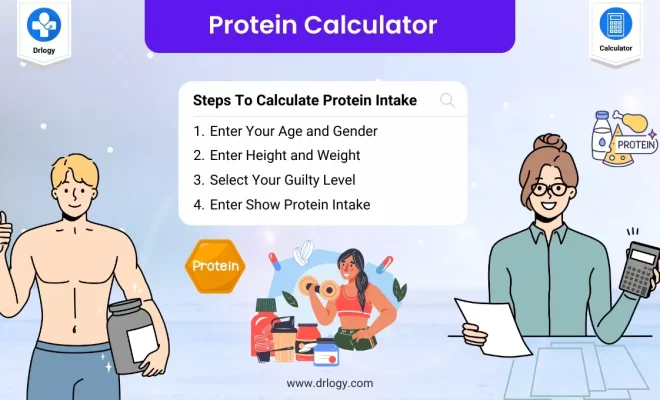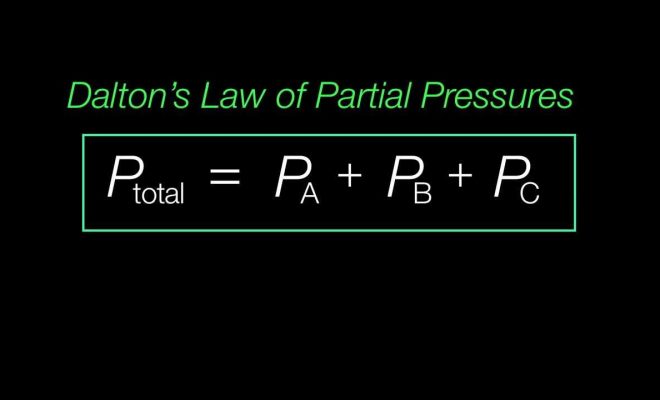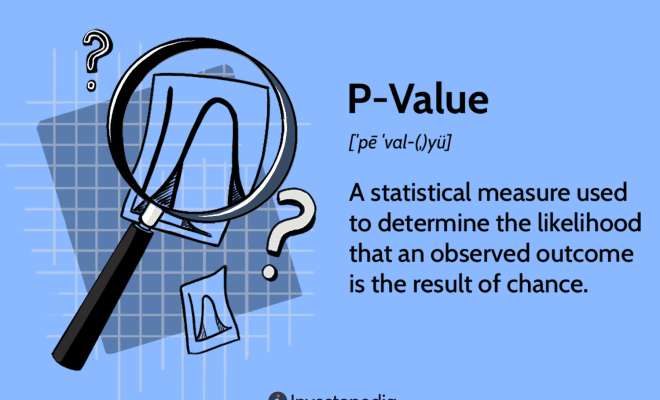How to Calculate Specific Gravity

Specific gravity (SG) is a measure used to compare the density of a substance to the density of a reference substance, such as water. It is a dimensionless quantity, meaning it has no unit, and it gives an indication of how heavy an object or liquid is compared to an equal volume of the reference substance. In this article, we will discuss how to calculate specific gravity using simple tools and techniques.
Materials Required
1. A container or beaker for holding the liquid whose specific gravity you wish to determine
2. A hydrometer or balance scale
3. Distilled water
4. A thermometer (optional)
Steps to Calculate Specific Gravity
1. Choose a Reference Substance: The most common reference substance for calculating specific gravity is water. It’s crucial always to use the same reference substance when comparing measurements.
2. Measure the Mass of the Sample: To begin, place an empty container or beaker on a balance scale and record its weight (W_empty). Then, fill the container with your sample substance, ensuring that there are no bubbles or foreign particles present, which can affect the accuracy of your results. Record the weight (W_sample) of the sample container.
3. Measure the Mass of Water: Replace the test sample with distilled water in the same container at approximately 20°C room temperature (standard conditions). Make sure you use an equal volume compared to your sample and record its mass (W_water).
4. Factor in Temperature Differences: If your measurements were taken at temperatures significantly different from 20°C, you might need to apply a temperature correction factor because densities may change slightly with temperature fluctuations. It is important only for precise calculations in laboratories. For most purposes, ignoring small temperature differences is acceptable.
5. Calculate Specific Gravity: The specific gravity (SG) of your test substance can now be calculated using the following formula:
Specific Gravity (SG) = (W_sample – W_empty) / (W_water – W_empty)
6. Interpret the Result: If the specific gravity value obtained is greater than 1, it indicates that your test sample has a higher density compared to the reference substance (water). If the value is less than 1, it means the test sample has a lower density. A specific gravity close to 1 indicates that the densities of both substances are quite similar.
Conclusion
By following these straightforward steps, anyone can accurately measure and compare the specific gravity of different substances. Understanding specific gravity is crucial in various industries and applications such as brewing, food processing, oil and gas, pharmaceuticals, and environmental assessments.






